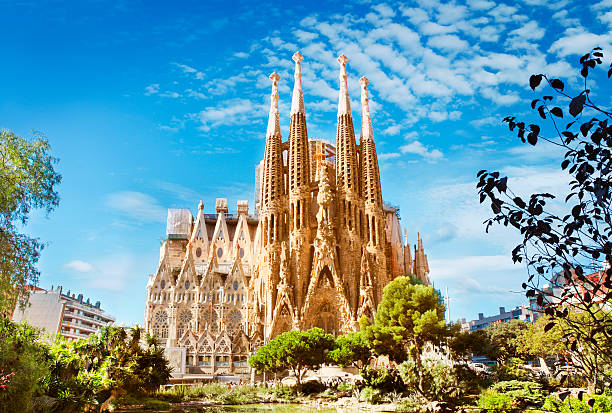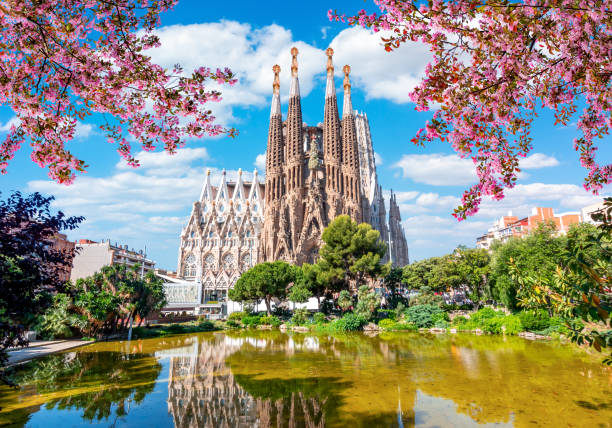La Sagrada Familia
Many Barcelona locals regard the Temple Expiatori de la Sagrada Famlia (Expiatory Temple of the Holy Family) to be the city's icon, and it is a must-see while visiting the Catalan capital. Originally meant to be a modest Roman Catholic church devoted to Jesus, Mary, and Joseph, the church evolved into the most visible example of Catalan Modernism. In 2010, Pope Benedict XVI designated it as a basilica.
The basilica, designed by Catalan architect Antoni Gaud, embodies Gaud's concept that nature is God's creation. Gaud attempted to merge Christian rhetoric and biblical allegory with sophisticated natural symbolism such as organic, geometric shapes that appear in every column, pinnacle, and stained-glass window of the basilica.
The eventual product is an incredible architectural masterpiece that, despite being unfinished and under development for almost 140 years, has become one of Spain's most visited monuments, with 4.7 million visitors in 2019. The Basilica is made up of five naves shaped like a Latin cross, with angled pillars supporting the roof. These angled pillars are a treelike column construction that mimics a real forest with dappled light coming through.
Each of the three outside faces has four towers that depict the 12 apostles. Gaud designed the Nativity Facade, which was designated a UNESCO World Heritage monument in 2005, together with the crypt. The disputed Passion Facade, designed by Josep Maria Subirachs, is located on the west side and has been highly criticized for being too abstract and not adhering following Gaud's concept. When completed and adorned with its missing four towers, the incomplete Glory Facade is expected to be the most beautiful of the three.
Location: Barcelona












